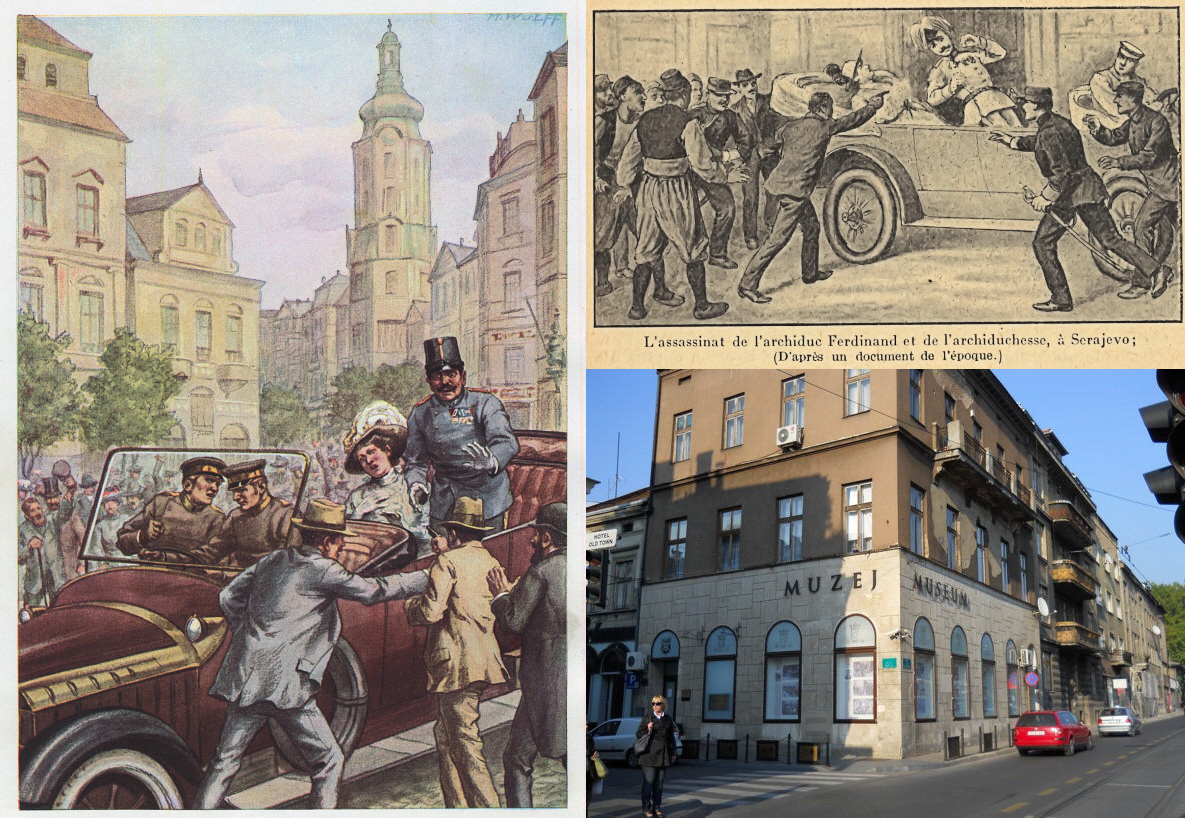Dissension in baseball's ranks started during the 1918 season. The number of games had to be reduced because of the war and the emergence of the influenza pandemic, and this cut into every team's revenues. The World Series was played in September rather than October as was normally the case.
Facing a shortened season, baseball's team owners decided to save money by releasing all players from their contracts and saving themselves an estimated $200,000 in salary. The owner's association further exacerbated matters by threatening to withhold part of players shares of the participating teams in the World Series, the Chicago Cubs and Boston Red Sox. A players' strike was just averted, but they felt cheated afterwards.
Players throughout baseball seethed over these moves over the winter, and when the 1919 season was again shortened (reduced from 154 games to 140) — cutting into the owners' profits as well — many of the players were again given pay cuts. Such actions increased the players to deep resentment of the owners and set the stage for what happened in the 1919 World Series.
 |
| The 1919 White Sox in Happier Days |
Among the stingiest of the owners was Charles Comisky of the highly talented Chicago White Sox, who won their league's pennant. Gambler Arnold Rothstein, smelling an opportunity, decided he could make a major killing by fixing the outcome of the Series by bribing key players of the heavily favored White Sox to lose games. His plan succeeded and the White Sox threw the series, but the bribery was inevitably uncovered. It became the greatest scandal in American sports. The key players were banned from baseball for life and the 1919 White Sox became immortalized as the Black Sox.














































